| |
|
|
09.
| Evolution or Death |
| |


2004, Series of inkjet prints.
Courtesy of the artist and Ceysson & Bénétière, Paris.
Ed. of 5 + 2 A.P.
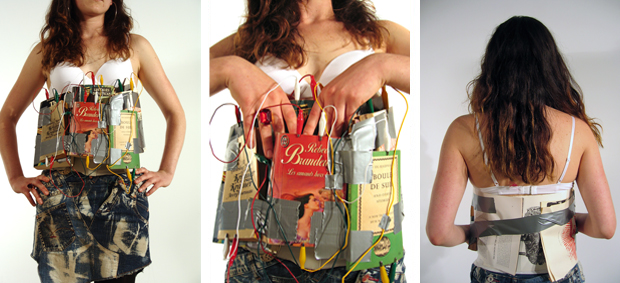
2004, Series of inkjet prints.
Courtesy of the artist and Ceysson & Bénétière, Paris.
Ed. of 5 + 2 A.P.
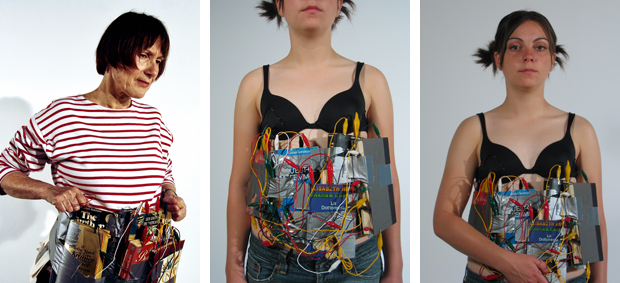
2004, Series of inkjet prints.
Courtesy of the artist and Ceysson & Bénétière, Paris.
Ed. of 5 + 2 A.P.
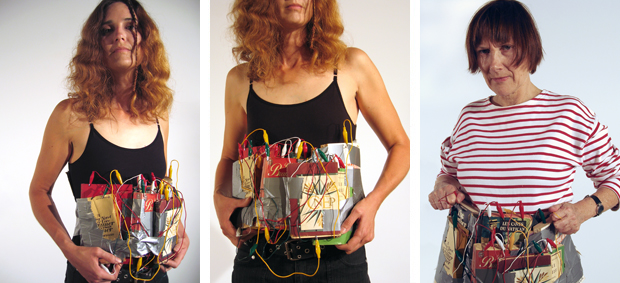
2004, Series of inkjet prints.
Courtesy of the artist and Ceysson & Bénétière, Paris.
Ed. of 5 + 2 A.P.

2004, Series of inkjet prints.
Courtesy of the artist and Ceysson & Bénétière, Paris.
Ed. of 5 + 2 A.P.
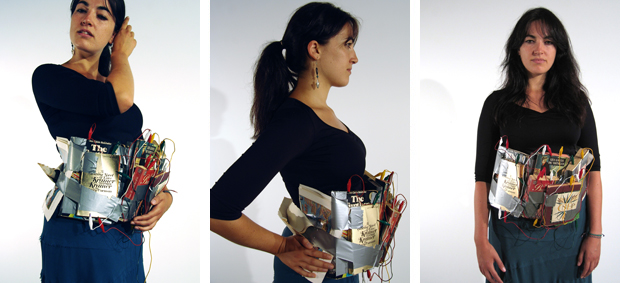
2004, Series of inkjet prints.
Courtesy of the artist and Ceysson & Bénétière, Paris.
Ed. of 5 + 2 A.P.
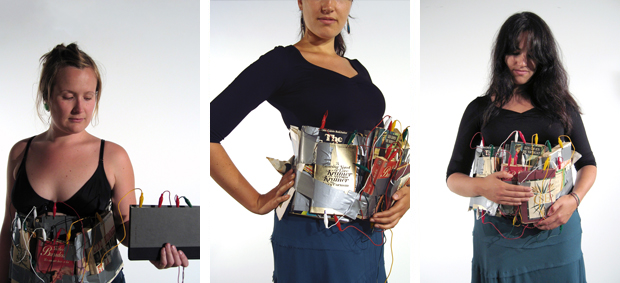
2004, Series of inkjet prints.
Courtesy of the artist and Ceysson & Bénétière, Paris.
Ed. of 5 + 2 A.P.
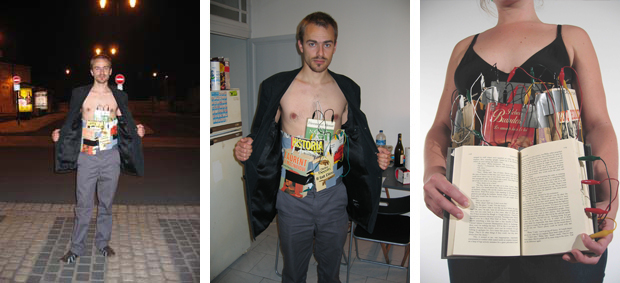
2004, Series of inkjet prints.
Courtesy of the artist and Ceysson & Bénétière, Paris.
Ed. of 5 + 2 A.P.

2004, Series of inkjet prints.
Courtesy of the artist and Ceysson & Bénétière, Paris.
Ed. of 5 + 2 A.P.
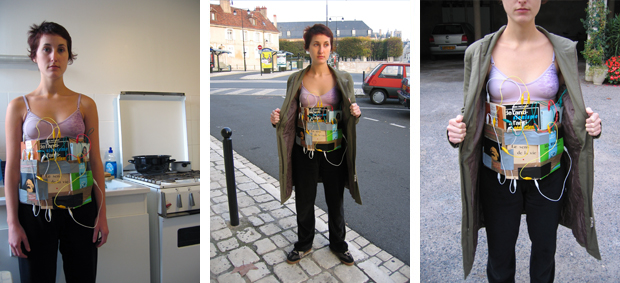
2004, Series of inkjet prints.
Courtesy of the artist and Ceysson & Bénétière, Paris.
Ed. of 5 + 2 A.P.
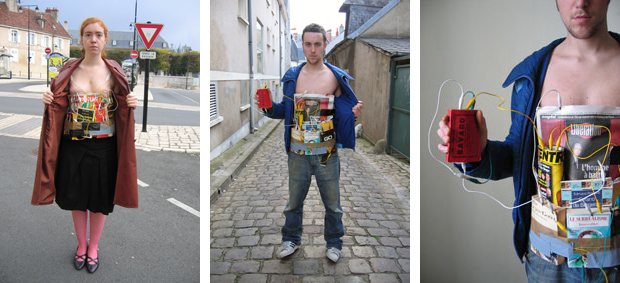
2004, Series of inkjet prints.
Exhibition view from First Haifa Biennial, 2010, Haifa.
Courtesy of the artist and Ceysson & Bénétière, Paris.
Ed. of 5 + 2 A.P.
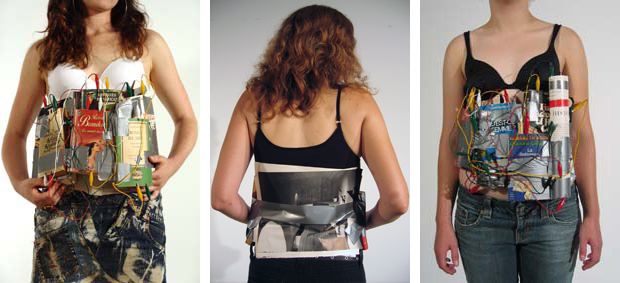
2004, inkjet print, triptych.
Exhibition view from First Haifa Biennial, 2010, Haifa.
Courtesy of the artist and Ceysson & Bénétière, Paris.
Ed. of 5 + 2 A.P.

2004, inkjet print, triptych.
Exhibition view from First Haifa Biennial, 2010, Haifa.
Courtesy of the artist and Ceysson & Bénétière, Paris.
Ed. of 5 + 2 A.P.
'' This explosive corpus of intellectual and social utopias, “almost like a bulletproof vest, protective but without a detonator”, only reveals itself once the viewer’s gaze is set on the work. ''
Thomas Flagel, Poly, 2009
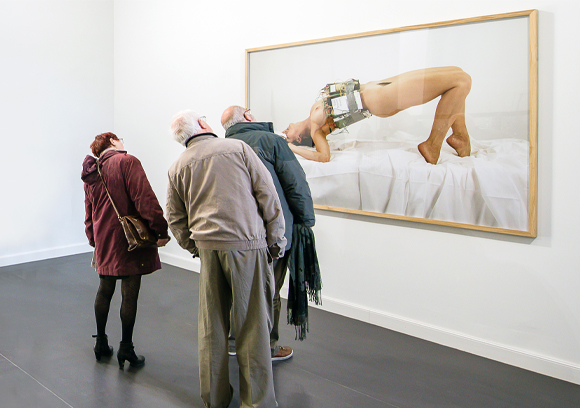
Evolution or Death
Exhibition View from Depth of Field, Labanque, 2016, Béthune.
Courtesy of the artist.
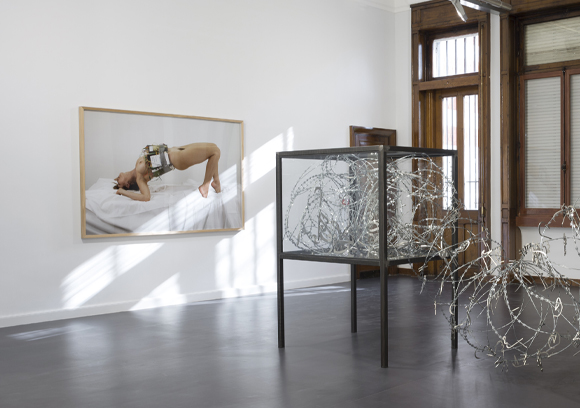
Evolution or Death
Exhibition View from Depth of Field, Labanque, 2016, Béthune.
Courtesy of the artist.

Evolution or Death
Exhibition View from Walking on the light, CCC, 2014, Tours.
Courtesy of the artist.
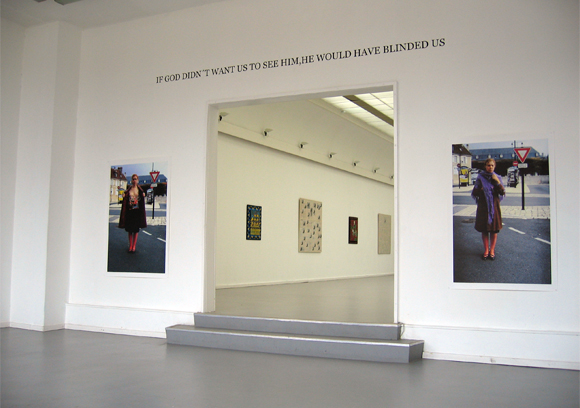
Evolution or Death
Exhibition View from Uit de landen van ondergaande zon, Arti e amicitae, 2005, Amsterdam.
Courtesy of the artist.

Evolution or Death
Exhibition View from Uit de landen van ondergaande zon, Arti e amicitae, 2005, Amsterdam.
Courtesy of the artist.
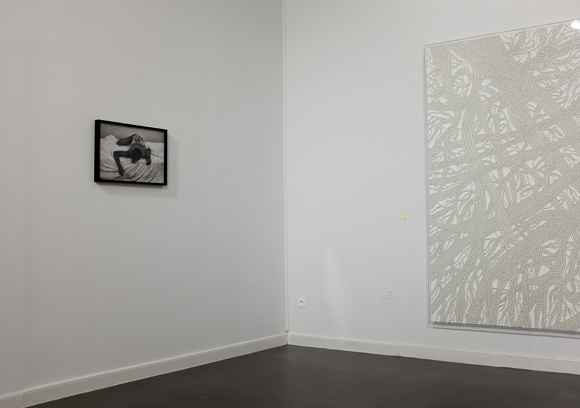
Evolution or Death
Exhibition View from Walking on the light, CCC, 2014, Tours.
Courtesy of the artist.
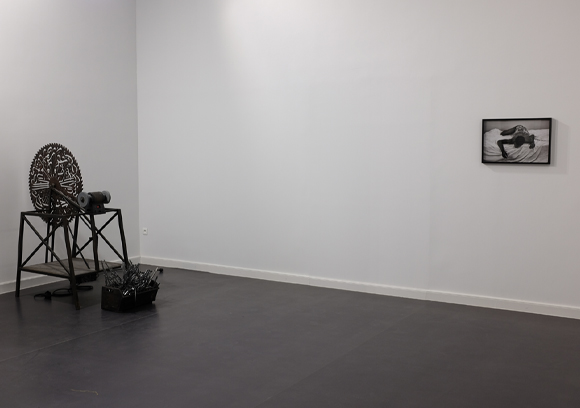
Evolution or Death
Exhibition View from Walking on the light, CCC, 2014, Tours.
Courtesy of the artist.
|
|
|
|
|
| Collection of Galila’s P.O.C, Brussels
This work was part of 1st Haifa Mediterranean Biennale, Haifa, 2010.
This work was part of Biennale de Bruxelles - Fuck architects: chapter III, Brussels, 2008.
Une collection livresque et aléatoire, constituée en masse compacte, retenue par un ruban adhésif commercial renvoie à son analogie avec une « bombe artisanale »... En ces temps d’insécurité mondialisée, si Mounir Fatmi ne craint pas de jouer de dialectiques sur le fil du rasoir, c’est précisément pour en appeler avec urgence à la sensibilité ravivée des collectivités. Ajoutant à ces explosifs livresques ceinturant la taille de jeune gens, non un détonateur mais un circuit de connections ouvertes à tous les possibles, l’artiste convoque un entier corpus d’utopies intellectuelles et de croyances sociales au sens large pour suggérer en nous un travail mental portant sur les relations informulées d’invisibles réseaux de lectures. Par ce sentiment d’imminence émanant de jeunes ceinturés d’explosifs, ce que vise également l’artiste, c’est une époque médiatique profuse, lourde d’un potentiel symbolique toujours réversible.
Suivant de la prophétie d’un « Village global » par Marshall Mac Luhan, on en déduira que le rétrécissement de l’espace géo/communicationnel entraîne celui de nos espace symboliques accentuant ainsi la résonance - toutefois opaque - d’une actualité préalablement passée au tamis de stratégies informatives subtilement inféodées...1 Tout travail de pensée étant sur le point de se voir supplanté par une communication médiatique tenant lieu de connaissance, cette déferlante réductrice et sensationnaliste n’est toutefois nullement indemne de reconductions d’oppositions binaires traditionnelles ; tenace héritage de l’esquive d’une confrontation à l’Histoire, exercée par cette actualité même... Dans la confusion linguistique et symbolique qu’engendre la surenchère d’informations marchandisées et orientées, les messages journalistiques n’en jouxtent pas moins des drames humains, réels. Mais comment lire ce présent, dans son épaisseur énigmatique et chargée ?... Les objets/langage conçus par Mounir Fatmi visent précisément à sédimenter les formes sur/banalisées d’une actualité résistante au sens.
Michèle Cohen Hadria
1. Pour Noam Chomsky, « La démocratie n’exclut nullement l’endoctrinement. »
Cf. « Les médias et les illusions nécessaires », film de Mark Achbar et Peter Wintonich, K Film Ed / par Sandrine Vernet et Klaus Gerke, Paris, 1993. p. 34
|
|
A random collection of something looking like books, consisting of a compact mass, kept together by normal, commercial tape, making it resemble a “home made bomb” … When Mounir Fatmi, in our days of universal insecurity, does not refrain from razor sharp dialectics, it is just because he wants to make an urgent appeal to all societies about the seriousness of the situation. To supply those explosive book parcels, attached to the waist of young persons, not with a detonator, but with a network of open possibilities, the artist in the broadest sense of the word embraces the intellectual utopias and social convictions of a whole brain trust, thus offering us a mental product resting upon the unspoken connections between the threads of an invisible net of perception. The sense of something threatening, like the sight of those young ones with their girdles of explosives, creates an era overflowing with media events, heavily loaded with a symbolic potential that can be turned to something constructive; the aim of the artist.
According to Marshall MacLuhans prophecies of a “global village”, one might conclude that a general reduction of communication distances will also lead to a symbolic space, accentuating the foggy resonance of events – events that have already been submitted to a thorough scrutinizing by subtly feudalised processes. At the same time as intellectual activities are being substituted by media communication, reducing all sense, but parading as knowledge, such a banal flood wave of sensations, however, is by no means rid of sponsoring traditional oppositions – a stubborn heritage of avoiding to confront History, exercised by the very sensation in question … And in the midst of the linguistic and symbolic confusion created by a commercialised and biased current of information, the news rendered by journalists also may contain many a story of genuine human drama. But how are we to perceive and interpret such a present, so impenetrably enigmatic and heavily loaded? … The objects/the language applied by Mounir Fatmi aims at collecting the sediments of such hyper-banalities of journalism, rendering actual events resistant to sense.
Translated by Per Einar Fosser |
|
|
|